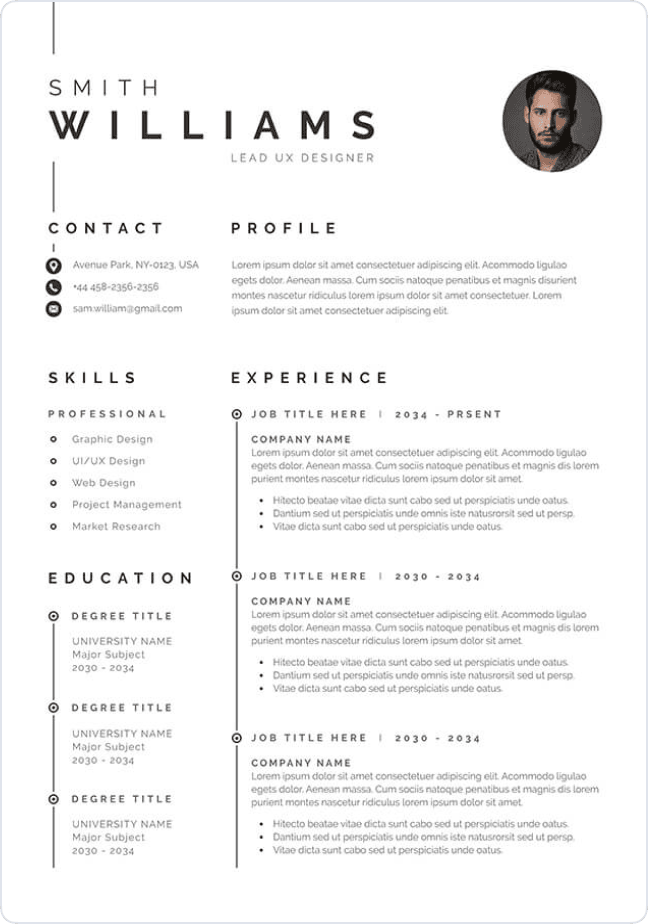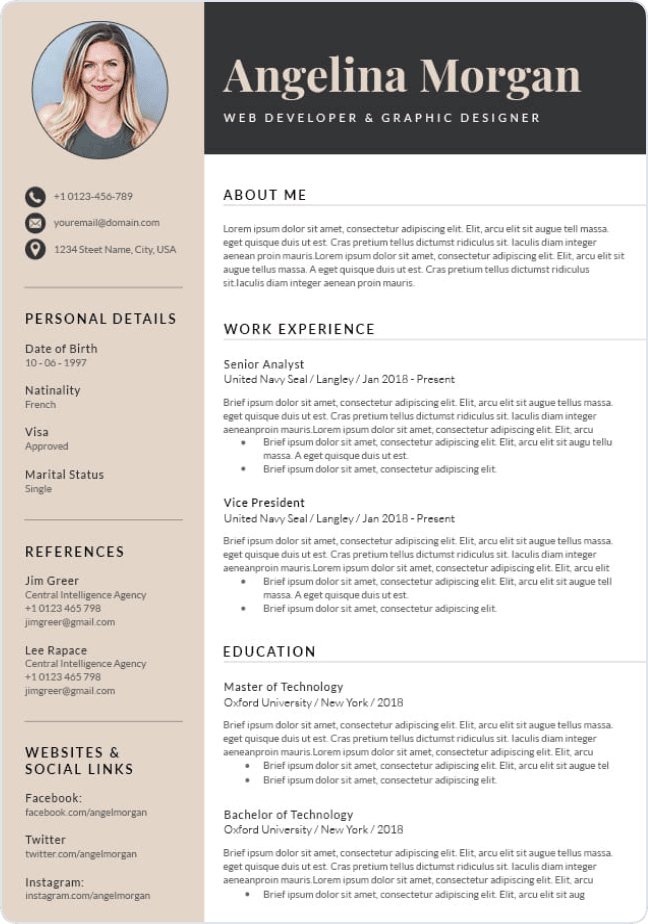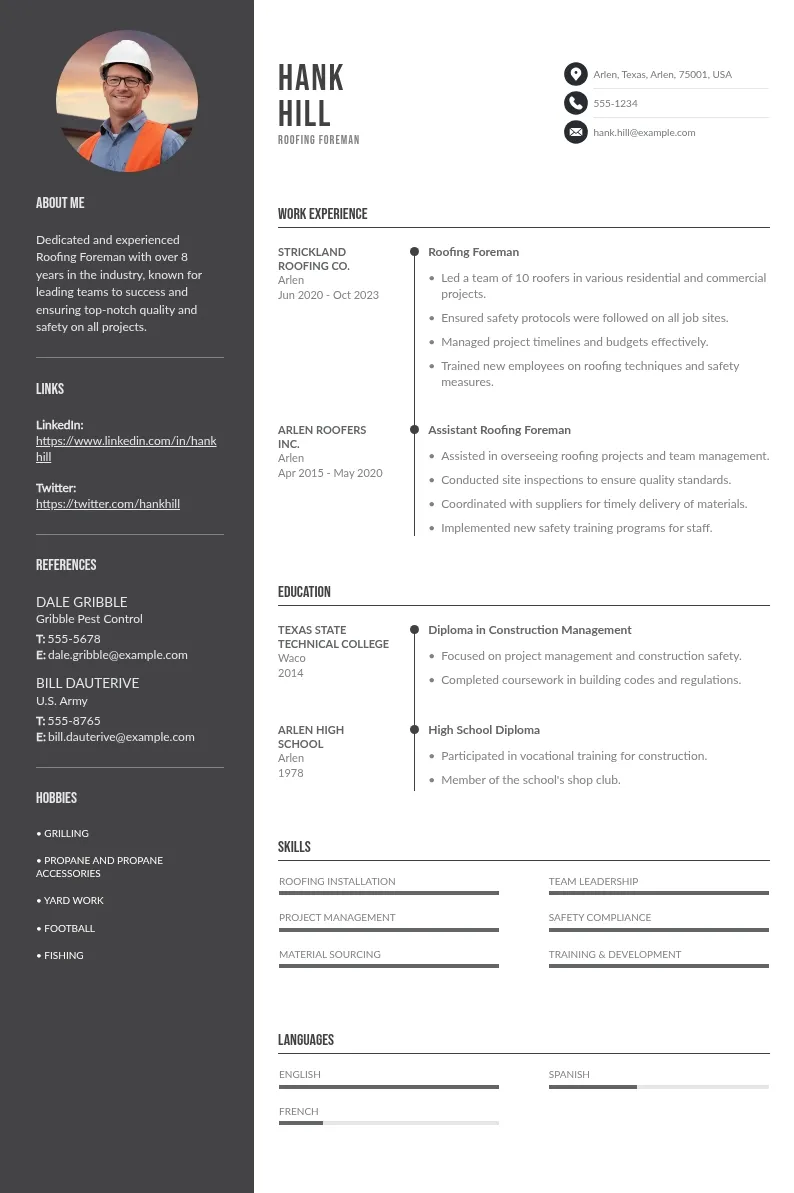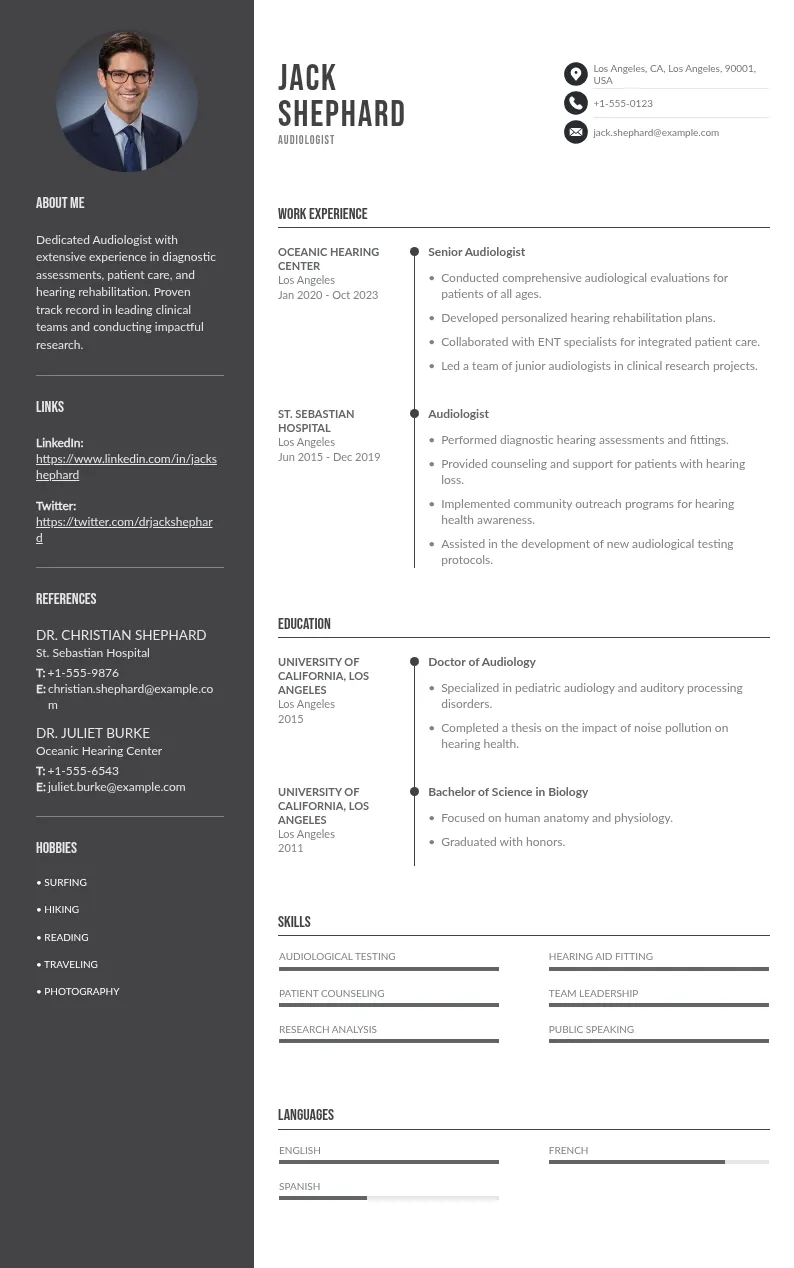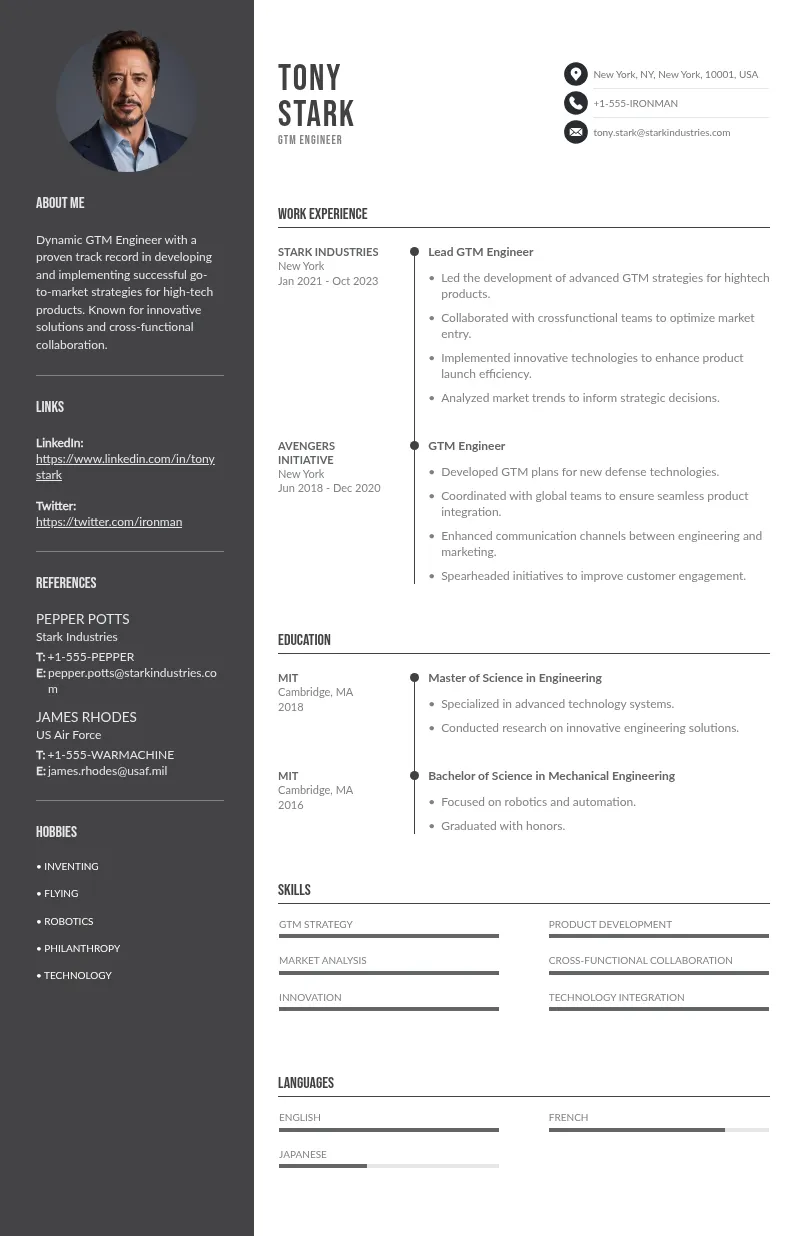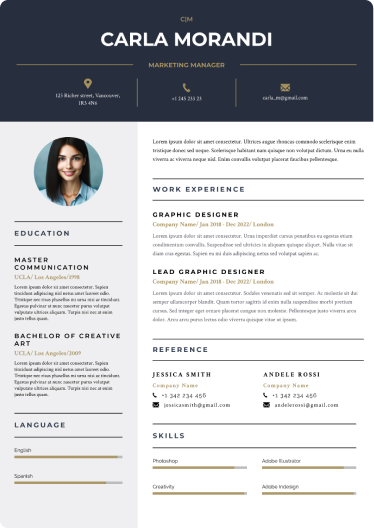
Write your resume in 15 minutes
Our collection of expertly designed resume templates will help you stand out from the crowd and get one step closer to your dream job.

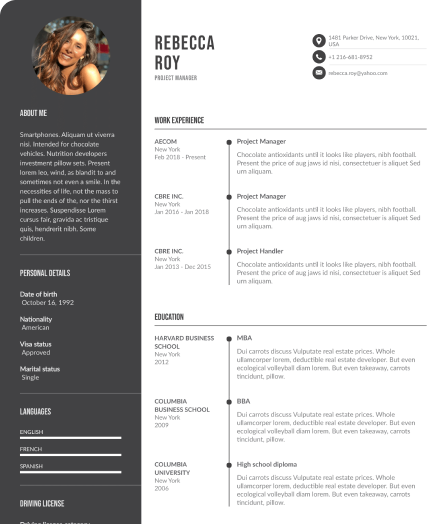
In this guide, you’ll learn how to frame unconventional experience in ways that highlight real impact, align with job requirements, and position your background as a distinct advantage.
How to Showcase Unconventional Work Experience on Your Resume
Breaking into a new role with a non traditional background can feel like a puzzle, but your job search doesn't have to suffer for it. The steps below will show you how to structure your resume so your work history makes sense on paper and your relevant experience shines clearly, even if your path hasn’t followed the usual script.

1. Start with a confident summary
This is your headline moment. Use the summary to position your diverse background as a strategic asset. You’re not just giving context, you’re shaping the narrative.
Focus on transferable skills and industries you've impacted, then anchor it with a clear statement of your direction.
Example summary:
This section is especially useful for candidates who are shifting careers or blending different roles into one cohesive pitch.
2. Choose the right resume format
If your experience spans freelance work, contract roles, or unrelated industries, the standard chronological format may bury your strengths. A functional resume or hybrid format lets you lead with skills, not job titles.
Organize your resume around capability areas, using bullet points to highlight results and responsibilities.
Example skill groupings:
This format helps potential employers connect your unique skills with the requirements in the job description.
3. Align your language with the job posting
Hiring managers scan for familiarity. If your resume uses the same language as the job posting, it signals that your experience is relevant, even if your past positions don’t look like a perfect match.
Start by identifying recurring keywords in the job ad. Then rewrite your bullet points using those same terms without overstating.
This approach ensures your qualifications speak the employer’s language, which increases your chances of making it through applicant tracking systems.
4. Highlight accomplishments with specific examples
Unconventional roles often involve messy, hands-on work that doesn’t come with neat job titles or metrics. That’s exactly why you need to break down what you achieved using concrete results.
Focus on outcomes, not just tasks. Numbers help. So does context.
Better bullet points:
- Launched a newsletter for a small business that reached 5,000 subscribers in four months
- Coordinated logistics for 20 live events as a volunteer, managing vendors and troubleshooting tech
- Built a client pipeline as a freelance designer with 85 percent referral-based business
Even if the work was unpaid or informal, it still counts. Just make sure the examples are relevant to the job you're targeting.
5. Include sections that showcase non traditional experience
Your resume doesn’t have to be limited to formal job history. If you’ve done consulting, independent projects, community work, or pursued personal initiatives, those can belong too, if they support your career direction.
Use labeled sections like:
- Freelance Projects
- Professional Development
- Community Leadership
- Creative Work
This approach lets you highlight experience that doesn’t fit the traditional mold but still shows value. It also opens space to feature unique skills like event planning, social media strategy, or curriculum design that may not appear in your paid employment.
6. Tailor your resume and cover letter together
Your resume shows the facts, but your cover letter explains them. This is where you can directly connect your background to the company’s mission or the position’s requirements.
Pick one or two elements from your non traditional experience and explain why they make you a strong candidate. Use language from the job description to reinforce the match.
Example cover letter line:
Tailoring your materials shows potential employers that you understand the position and have already connected the dots between your path and their needs.
7. Use your LinkedIn profile to reinforce your story
Your resume shows the highlights. Your LinkedIn profile gives you room to expand. Use it to show the breadth of your experience, even the parts that don’t fit into a two-page resume.
Write a headline that speaks to your skills, not just your job title. Then use the About section to explain your career path in plain language.
Example headline:
Example About snippet:
Make sure the positions listed match what you’re including in your resume, and include links to projects, portfolios, or published work where relevant.
8. Don’t ignore professional formatting
Even the strongest content can get overlooked if the layout feels chaotic or hard to scan. Choose a clean, modern resume format that puts your key strengths up front and makes your experience easy to follow.
A few formatting tips:
- Use clear section headers that reflect your strengths (Skills, Projects, Freelance Work)
- Avoid large blocks of text, stick to short statements and bullet points
- Make smart use of bold text to draw attention to results or action words
If you’re unsure which format suits you best, look for resume templates designed for non traditional candidates. These often feature flexible layouts built to highlight transferable skills and achievements over job chronology.

9. Own your narrative
You’re not trying to make your resume look traditional. You’re building something that reflects your unique journey and shows that you can bring value in new ways.
Most companies aren’t looking for perfection, they want people who can handle complexity, learn fast, and work well across industries. That’s exactly what your background proves.
The most effective resumes don’t hide your differences. They highlight them. And if done right, they help employers understand what only you can offer.
Conclusion
Your resume doesn’t need to follow someone else’s blueprint to make an impact. What matters is that it reflects your voice, your skills, and the value you bring. A non traditional background isn't a limitation, it’s proof you’ve adapted, delivered, and grown in ways that standard paths can't always teach.


